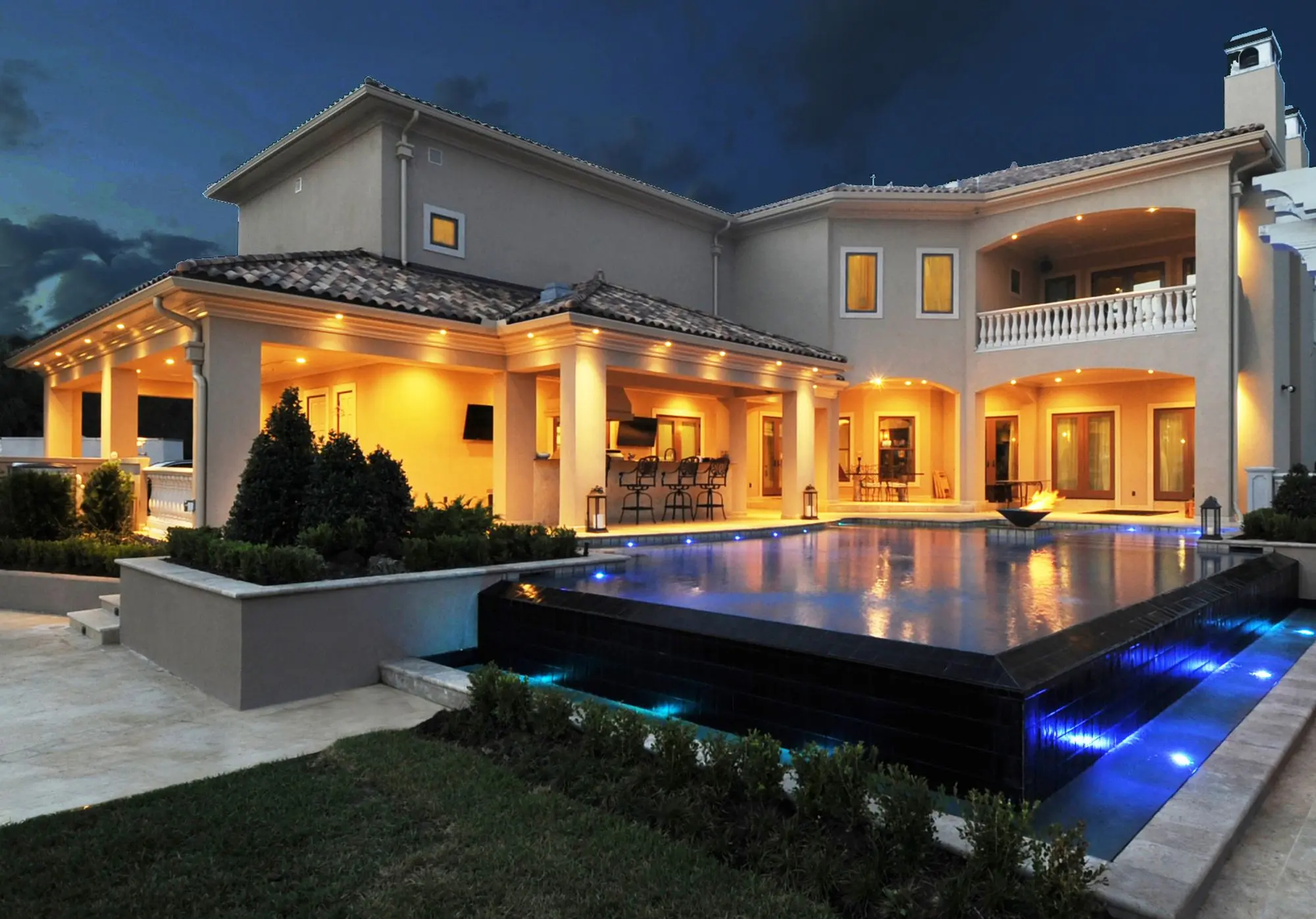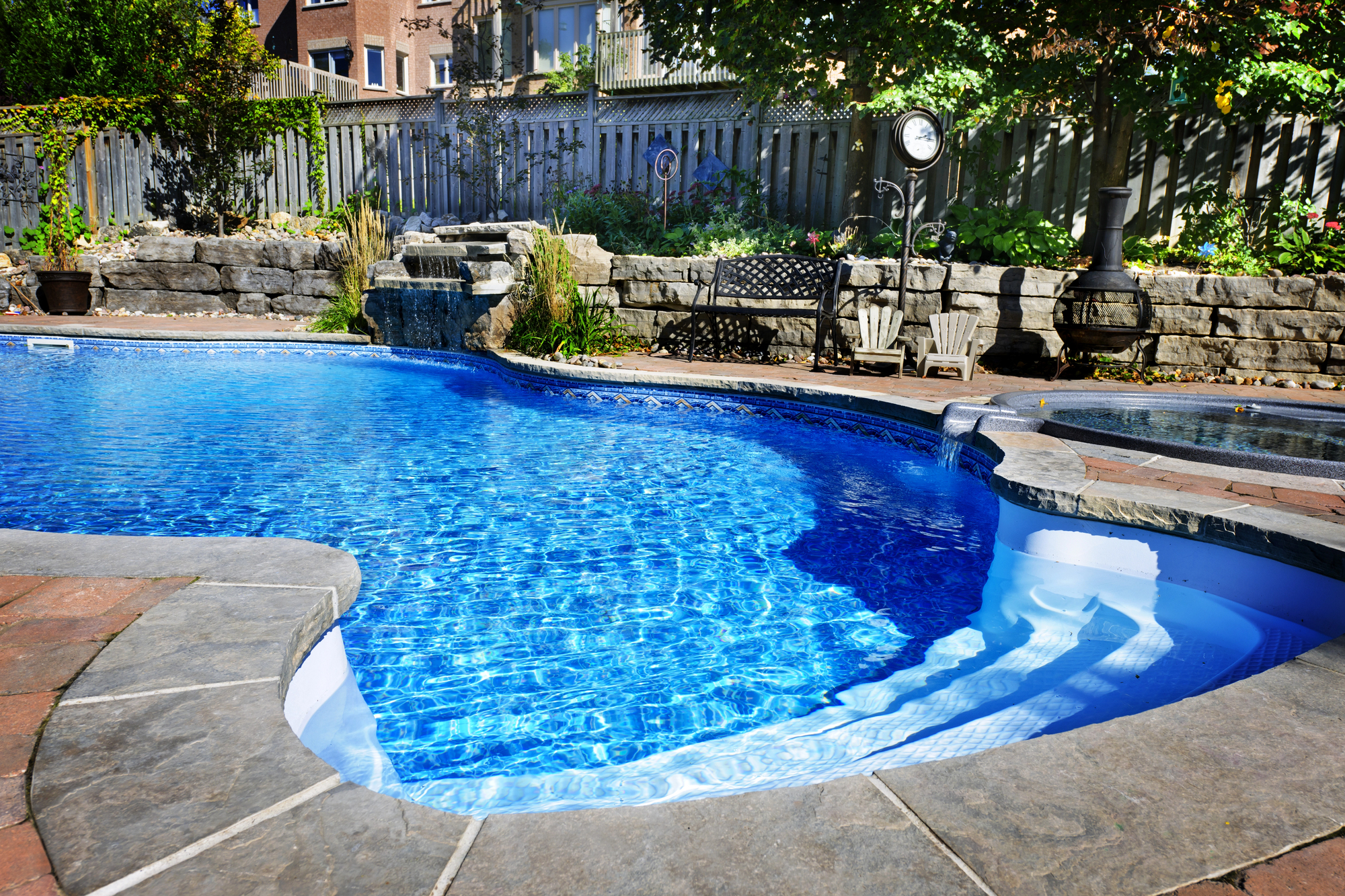Everything You Need to Know
Of the many materials that go into building an in-ground pool – few get more attention than plaster. Plaster is the exterior shell of your pool and is the part that everyone sees and touches. As such it also is the first place that people usually start to notice cracks, discoloration or other problems.
Over the years we have learned some important tips regarding the maintenance and care for your pool’s plaster that will help keep it in top condition.
New Plaster Maintenance
Your pool builder will add the chemicals that are required for the initial balancing of your water. Brushing the plaster with the nylon-bristle brush will greatly improve the quality of your plaster. It will also prevent the build-up of the normal precipitation of calcium and other minerals in your pool water.
If you notice that you have fine “sand” deposited on the bottom of your pool, it is more than likely that this is the “precipitation” common with a new pool. Our recommendation is to brush the pool twice per day for the first seven days. Some builders will include this as part of their package.
How your pool water and pH levels affects plaster.
Managing your pH levels in a pool is critical to the health of your plaster! Water that is below 7.0 will tend to erode or remove the smooth patina from the plaster surface. Water that is above 8.0 will contribute to the formation of scale and stains.
Calcium is one of the key elements found in both your pool water, and in your plaster. A proper calcium is 250 ppm. Too much calcium will cause deposits on your plaster. Having not enough calcium in the plaster may weaken it.
Other water related concerns
Dissolved Metals – Stains that cannot be removed by bleaching are generally metal stains. When the water becomes saturated with any metal, such as copper or iron, it will generally “precipitate? or fall out of solution in the form of a metal stain. Copper stains usually reveal themselves as blue or blue-green splotches or streaks, whereas iron is usually brown to black. Check with your pool store to purchase chemicals that will prevent these stains.
Mottling – Mottling occurs naturally in most pools. It is more evident in colored plaster pools, but not more prevalent. There are strategies than can be employed to lessen the mottling, such as sequestering, chelating, or pH and calcium reduction.
Organic Stains – Nearby plants will often cause your plaster to become stained with tannic acid (brown) and Chlorophyll (green) stains. These organic stains will not remain for a long period of time, due to the fact that Chlorine will eventually bleach them out.
A note about cracks
It is not uncommon, especially if your pool was plastered on a very hot day, or if you drain your pool for any reason, to develop tiny, hair-line cracks or checking of your plaster. This is not a defect, but rather a natural occurrence due to the shrinkage of plaster after application. Since concrete is somewhat flexible, your pool may be under some stress due to settling of some of the supporting soil. Your pool builder may elect to fill the crack with underwater setting putty if it is large but this occurrence is not a defect in the plaster and will not be warranted as such.






